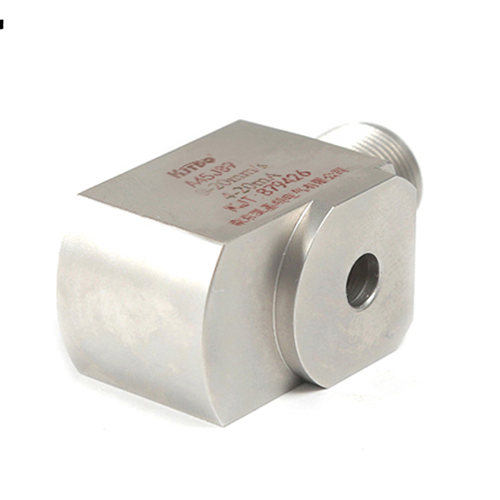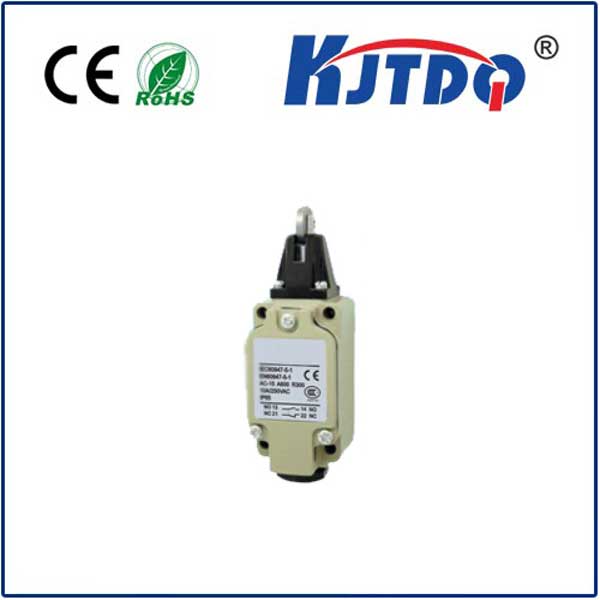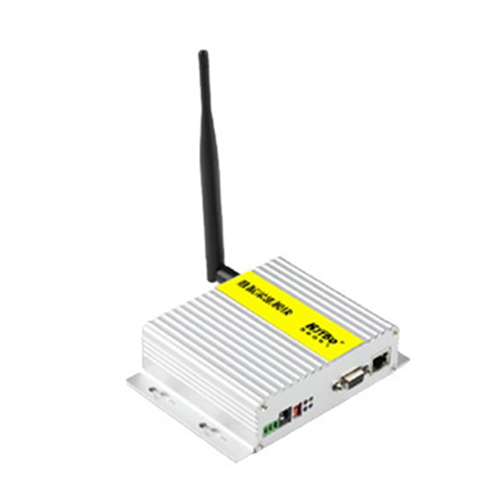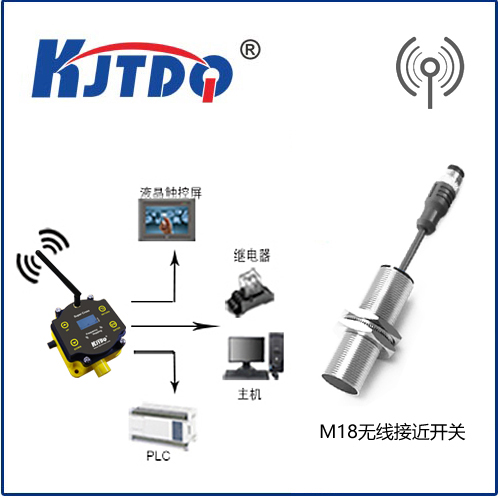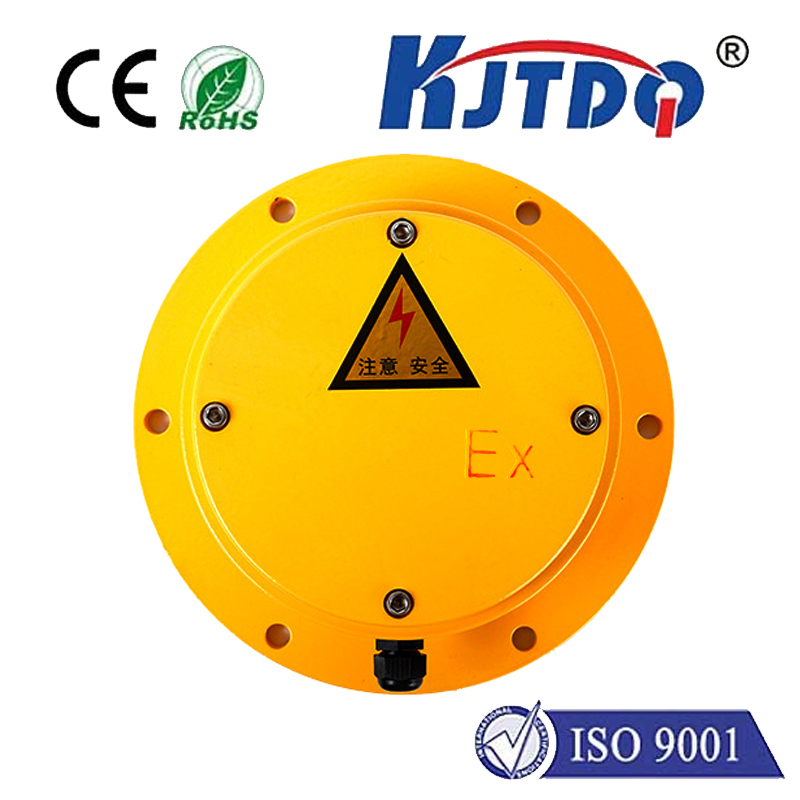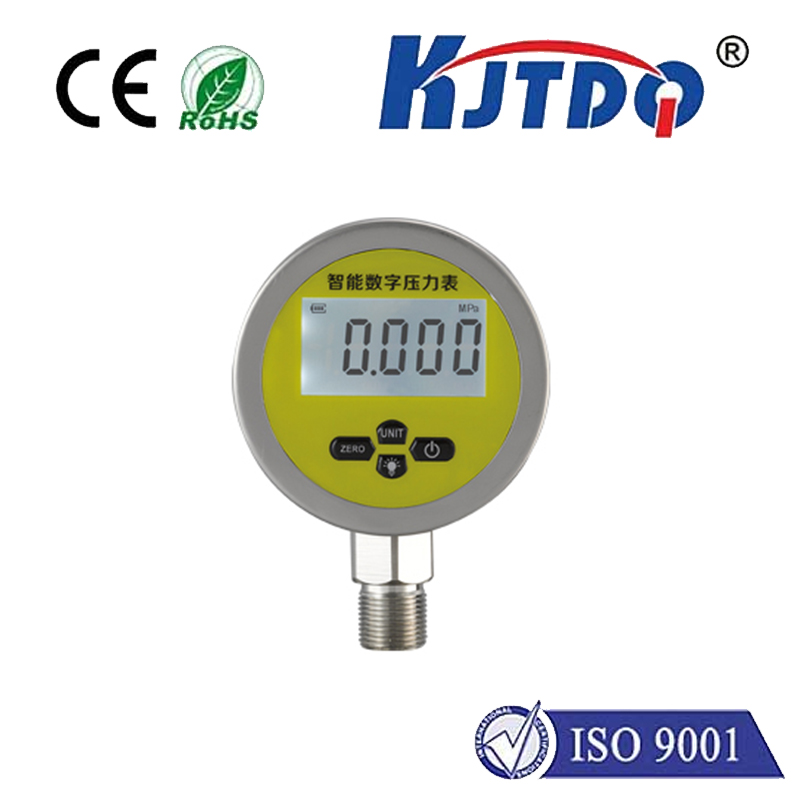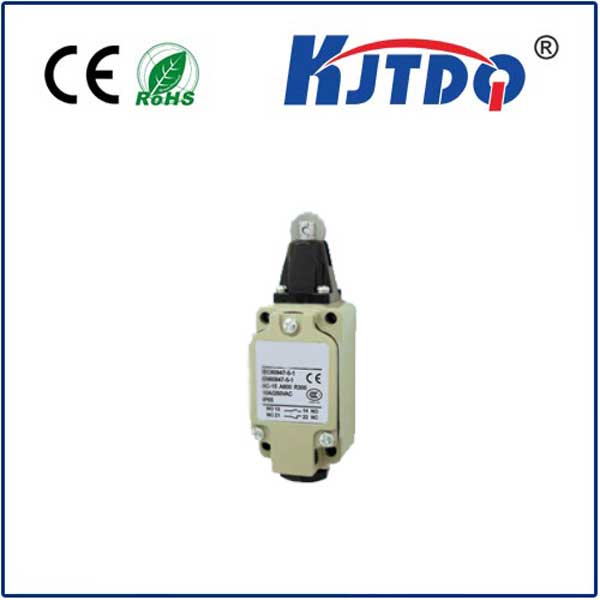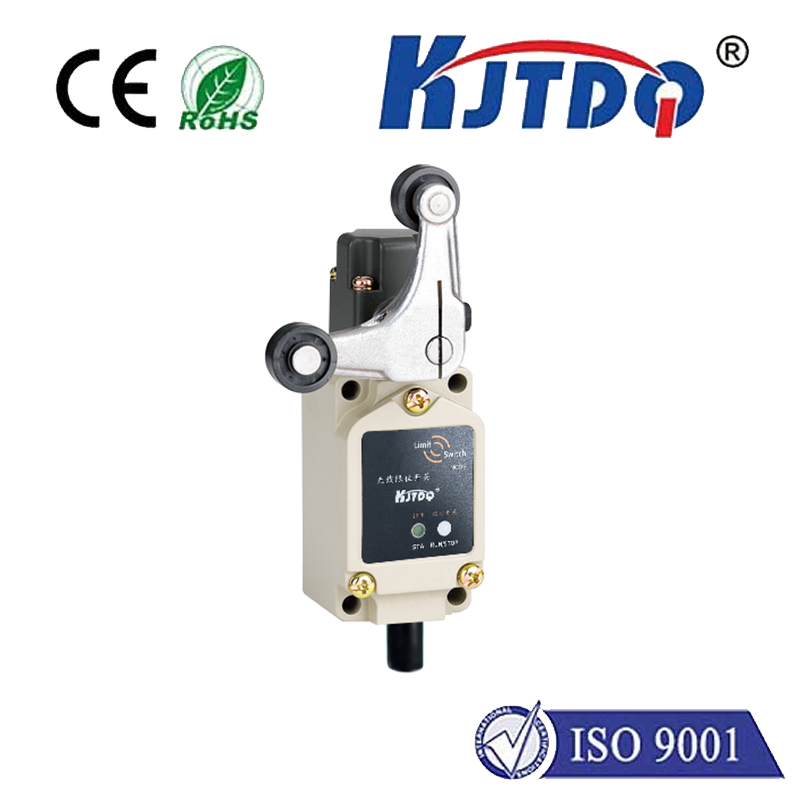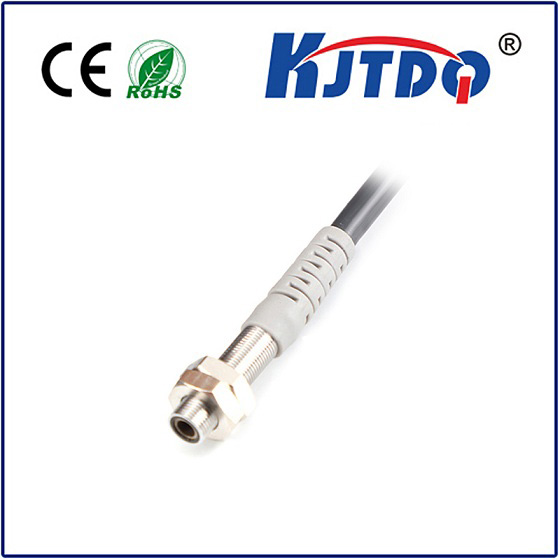

check

check

check

check
Picture this: your furnace ignites, flames roar to life within the burner assembly, ready to warm your home. But what if those flames, instead of staying contained where they belong, decided to spill out into the surrounding cabinet? This dangerous scenario is called a combustion rollout, and it’s precisely the nightmare that a rollout limit switch is designed to prevent. This small, often overlooked component is one of the most vital safety features in your heating system, acting as a vigilant sentinel against potential fire hazards. Understanding its role, how it functions, and why its maintenance is non-negotiable is crucial for every homeowner and HVAC technician.
What is a Rollout Limit Switch and Why Does It Exist?
At its core, a rollout limit switch is a temperature-sensitive safety device. It’s typically a bi-metallic switch or a fusible link type sensor strategically mounted near the burner assembly or heat exchanger of a gas furnace, boiler, or water heater. Its primary purpose is singular and critical: to detect abnormally high temperatures that occur outside the normal combustion chamber area, signaling a rollout condition.
Combustion rollout happens when flames escape the burner compartment. This can be caused by several dangerous situations:
These conditions are extremely hazardous. Rollout can quickly lead to scorched or melted components, damaged wiring, and critically, poses a significant fire risk and carbon monoxide poisoning threat.

How the Rollout Limit Switch Performs Its Lifesaving Duty
The rollout limit switch operates on a simple yet fail-safe principle:
Think of it as a dedicated emergency stop button specifically for runaway flames. It’s distinct from the main flame rollout switch, which might monitor broader cabinet temperatures, and different from the flame sensor, whose job is simply to confirm a flame exists during ignition.
Consequences of a Tripped or Faulty Switch
A rollout limit switch doing its job correctly means your furnace won’t run. While inconvenient, especially in cold weather, this is a critical safety feature, not a malfunction. Never simply bypass a tripped rollout limit switch. Doing so removes the primary defense against fire and CO hazards. If your furnace shuts down and you suspect the rollout switch tripped:
Ignoring a tripped switch or attempting DIY repairs on gas appliances is incredibly risky. Carbon monoxide is odorless and deadly.
Maintenance and Importance
While the rollout limit switch itself doesn’t require routine maintenance like changing a filter, its effectiveness relies on the overall health of your heating system:
The rollout limit switch is a prime example of a critical safety component designed to fail safely. Its core function is not convenience, but prevention. By shutting down the system when danger is detected, it acts as the essential safeguard that can mean the difference between a minor system fault and a devastating house fire or tragic CO poisoning incident. Recognizing its importance and respecting its warnings by seeking immediate professional help are fundamental responsibilities of safe furnace ownership. This small limit switch truly stands as a giant guardian of your home’s safety.
